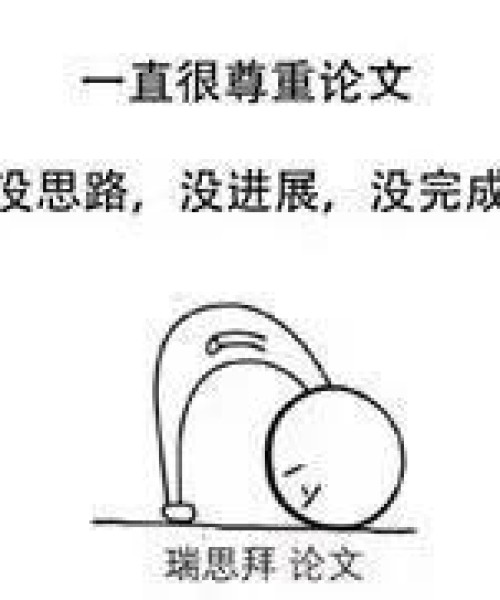There are various systems of cattle production around the world. In some countries, the cattle production is dual-purpose, with cows being used to provide milk and meat. However, for the most countries, cattle production may be divided into two sectors: (1) dairy production and (2) meat production (Acker &Â Cunningham 1991). In continental Europe and the developing countries, the same cattle are used as a source of both meat and milk. In contrast, in the countries of the developed world such as the UK, Australia, New Zealand, the USA, and Canada meat production and milk production have been separated (Ball & Peters, 2004).
In the UK, the proportion of herds with more than 100 cows is increasing rapidly (Ball & Peters, 2004). The whole milk pricing system, which historically based on the percentage of butterfat, tends to change as more people are drinking low-fat and skim milk (Acker &Â Cunningham 1991) but still butterfat has been appreciated as the most valuable content of whole milk. The economy for dairy farmers has been also changed with declining milk prices and higher cost for feed. This is the main reason behind the continuous trend of fewer numbers of dairy farmers in the country, and increasing numbers of cows per farm, which means that the farmer spends less time per cow (Ball & Peters, 2004). In the UK, the population of the cattle decreased after the BSE epidemic and the subsequent outbreak of foot-and mouth disease. Those cows that remain need to reproduce even more efficiently to provide a good choice of replacement stock, adapted in the new market trend for products with lower content of fat (in meat and in milk).
世界上有各种各样的牛生产系统。在一些国家,牲畜生产两用,奶牛被用来提供牛奶和肉。然而,在大多数国家,牛的生产可分为两个部门:(1)乳制品生产(2)肉类生产(ÂAcker &坎宁安1991)。在欧洲大陆和发展中国家,相同的牛被用来作为肉类和牛奶的来源。相反,在发达国家的国家,如英国,澳大利亚,新西兰,美国,加拿大肉类生产和牛奶生产已被分离(球和彼得斯,2004)。
在英国,超过100头奶牛的牛群的比例迅速增加(球和彼得斯,2004)。整个牛奶的价格体系,这在历史上基于乳脂率,往往随着越来越多的人喝低脂和脱脂牛奶的变化(Acker &Â坎宁安1991)但仍乳脂一直欣赏的全脂牛奶最有价值的内容。奶农的经济也改变了牛奶价格下降和更高的成本。这是在该国的奶农数量不断减少的持续趋势的主要原因,以及越来越多的奶牛每农场,这意味着农民花费更少的时间每头牛(球和彼得斯,2004)。在英国,牛的数量减少后,疯牛病疫情以及随后爆发的手足口病。那些仍然需要更有效地繁殖的奶牛提供了一个很好的替代品的选择,适应了新的市场趋势,产品含量较低的脂肪含量(在肉和牛奶中)。








